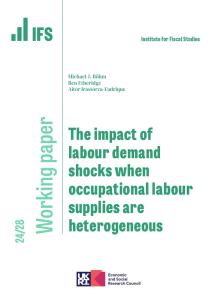This paper considers the problem of testing many moment inequalities where the number of moment inequalities, denoted by p, is possibly much larger than the sample size n. There is a variety of economic applications where solving this problem allows to carry out inference on causal and structural parameters; a notable example is the market structure model of Ciliberto and Tamer (2009) where p = 2m+1 with m being the number of firms that could possibly enter the market. We consider the test statistic given by the maximum of p Studentized (or t-type) inequality-specifi c statistics, and analyze various ways to compute critical values for the test statistic. Speci fically, we consider critical values based upon (i) the union bound combined with a moderate deviation inequality for self-normalized sums, (ii) the multiplier and empirical bootstraps, and (iii) two-step and three-step variants of (i) and (ii) by incorporating the selection of uninformative inequalities that are far from being binding and a novel selection of weakly informative inequalities that are potentially binding but do not provide first order information. We prove validity of these methods, showing that under mild conditions, they lead to tests with the error in size decreasing polynomially in n while allowing for p being much larger than n; indeed p can be of order exp(nc) for some c > 0. Importantly, all these results hold without any restriction on the correlation structure between p Studentized statistics, and also hold uniformly with respect to suitably large classes of underlying distributions. Moreover, in the online supplement, we show validity of a test based on the block multiplier bootstrap in the case of dependent data under some general mixing conditions.









